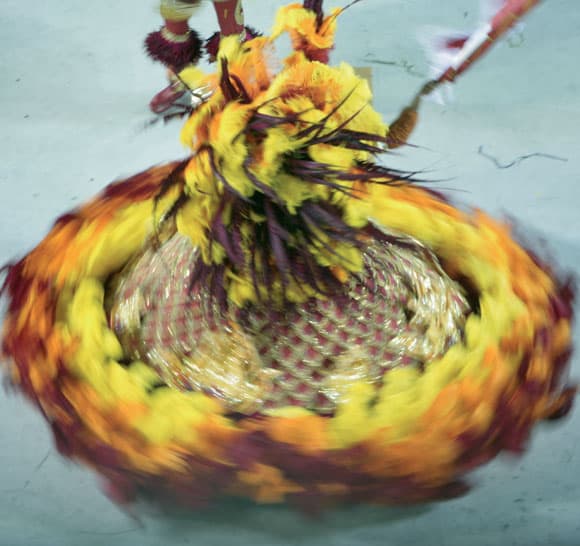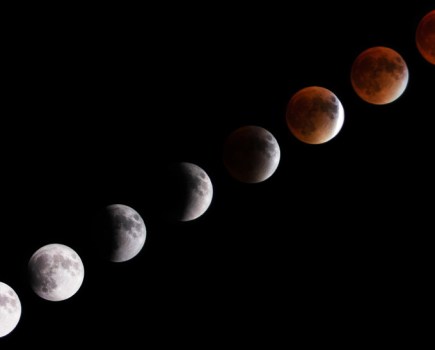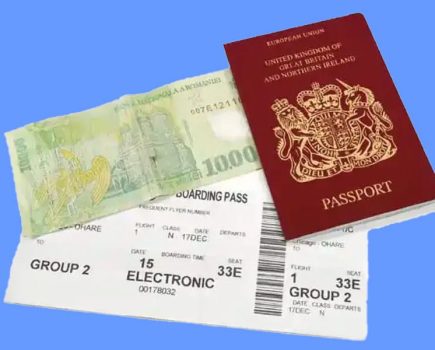John Freeman explains the techniques he employed to convey the colour, flavour and energy of the Rio Carnival and shares his tips for shooting low-light action.

Carnivals take place in many cities and although they can all be colourful and spectacular, together with their own characteristics, none can compete in sheer scale and numbers to Rio Carnival, the annual celebration in Rio de Janeiro, Brazil.
For the photographer, Rio Carnival is a riot of colour, spectacle and drama combined with stunning-looking participants whose energy is infused by the intoxicating music.
Forward Planning
Although it is all too easy to get carried away at an event like Rio Carnival, there is nothing like a little forward planning. For a start the first procession, or ‘school’ as they are called, begins at 10pm. The last one finishes around 6am! Apart from having the physical stamina to keep going, if you are shooting RAW, like I do, and only get around 40 shots on a 1GB card (this is the capacity I get on my new Canon EOS 1DS MK 2 which delivers 16.7MP), you will have to make provision for the downloading and storage of images.
Over an eight-hour period and seven schools it is easy to get through the equivalent of ten 1GB cards! As a rule I download my cards into my laptop and then back-up on my 80GB Firelite pocket drive, which NEVER leaves me! Remember, a digital image does not exist until it is backed up at least once.
Use Natural Light
The next consideration is the lighting. Remember, you are shooting at night and Rio Carnival will be lit artificially by floodlights and the illumination of the various floats. Of course, you could use flash, but with such a large arena even the most powerful unit will be pretty ineffective. The other point with flash is that even if it does work it could kill the atmosphere. So here I would only use it if I were closer in to my subject or using it in a slow-sync mode.
All the shots reproduced here were shot handheld with the camera set to an ISO of 400 and the white balance set to tungsten mode.
 Choose a Vantage Point
Choose a Vantage Point
I quickly realised that viewpoint was going to be essential. We can all get carried away by the occasion and think everything is wonderful but it rarely translates into a good shot. It became apparent early on that the best shots were going to be those taken close in or that could be taken from a higher viewpoint. Moving to the edge of the procession meant that I could get the close-in shots, while finding a higher viewpoint proved more difficult but not impossible.
Avoid Camera Shake
As I did not have a tripod I improvised by finding a wall that I could steady the camera on. This meant that I could shoot at speeds as low as 1/4 second and with the camera steady, the background remained sharp while the Rio Carnival dancers became slightly blurred, creating a real sense of movement. Be careful not to use too slow a shutter speed as the dancers could disappear altogether. I checked the LCD to make sure that I had got just the right speed.
Benefits of Image Stabilisation

Canon’s 70-200mm f2.8 image-stabilising lens has proved an invaluable piece of kit for me in many situations and the Rio Carnival was no exception. When shooting in low light and with the IS switched on, you gain the equivalent of three faster stops on the shutter. In other words, if the shutter is set at 1/30th sec, the effective speed is more like 1/250sec. Shooting with a tripod would have been out of the question so having this facility was an excellent feature and well worth the additional cost.
If you do use this lens with a tripod make sure you have the IS switched off. This is because the IS, when switched on, will not operate as it will detect automatically that a tripod is being used. However, because the lens uses the camera’s battery supply, it will still draw power and reduce the battery’s operating life by about 20%. When you’re shooting an event such as the Carnival it might not be possible to recharge the battery, so preserving power is essential. There are two shooting modes with this lens. If you are shooting hand-held, a stationary subject in low light or where flash is either prohibited or inappropriate; or you are being jostled by the crowd so that your footing is unsure, set the lens to ‘Mode One’. If your subject is moving and you are panning the camera then you will need to use ‘Mode Two’. In this mode the lens will detect that you are panning and will not try to compensate for the panning action. Either way the lens will use the camera’s battery power as described above and reduce its life.
John’s Top Tips for how to photograph Rio Carnival
 1. Always make sure that you have sufficient memory to record all the shots that you might take. Eight hours or more is a lot of shooting time and it is surprising how quickly you can get through a memory card.
1. Always make sure that you have sufficient memory to record all the shots that you might take. Eight hours or more is a lot of shooting time and it is surprising how quickly you can get through a memory card.- 2. Be prepared to move about. If all your shots are taken from the same position they will look repetitive and boring. For this reason think ahead about the amount of kit you will take.
- 3. Try different approaches. Although you want your shots to be crisp and sharp, carnivals are about vitality and movement. Try to capture this with creative use of the shutter.
- 4. Always have a good supply of tracing paper or muslin to diffuse the light. Both these items are relatively cheap and you can even use them to soften daylight coming through a window.
- 5. Be careful and vigilant. There is a fine line between being paranoid and being aware. Crowds are a magnet for the opportunist thief the world over and I found the Carnival as safe as anywhere, but…






